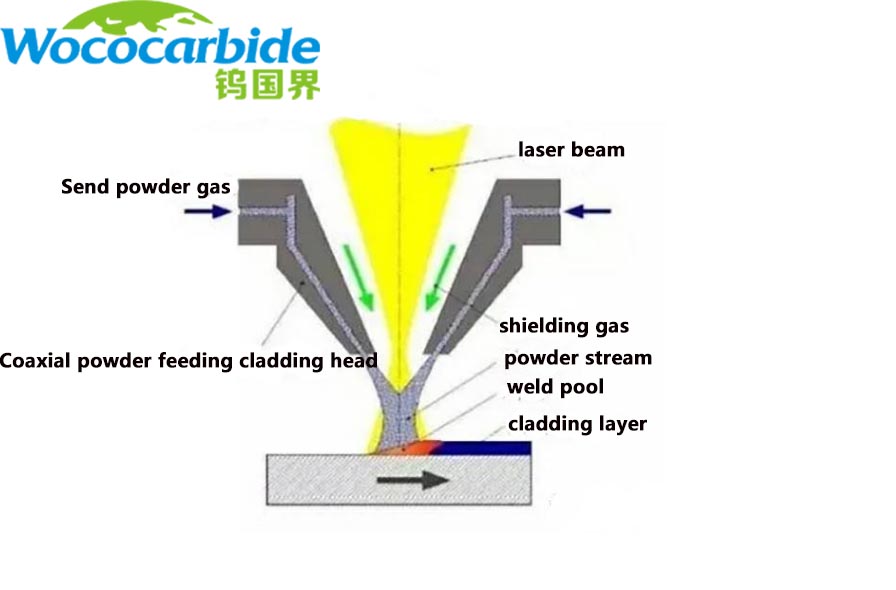

Spray welding is to reheat the preheated self-dissolving alloy powder coating to 1000-1300 ℃, so that the particles are melted, slag is formed and floated to the surface of the coating, and the generated borides and silicides are dispersed in the coating, so that the particles Good bond with the substrate surface.
The spray welding process should be used in the following situations:
1. The surface load of various carbon steel and low alloy steel workpieces is large, especially the impact load. For workpieces with a bonding strength between the coating and the substrate of 350-450N/mm2, the spray welding hardness is HRC150≤65, and the coating thickness is from 0.3 To several millimeters, the surface roughness of the spray-welded layer after grinding can reach Ra0.4-0.1μm or more
2. When used in corrosive medium, the coating is required to be dense and free of pores.
3. The original design of the workpiece surface adopts quenching, carburizing, nitriding, hard chrome plating and other processes, which requires high hardness on the surface.
4. The working environment of the workpiece is harsh, such as strong abrasive wear, erosion wear, cavitation and so on.
5. Oxygen-acetylene flame alloy powder spray welding process is suitable for surface strengthening or repairing of various carbon steel and low alloy steel parts, but some characteristics of parts material should be noted. When the linear expansion coefficient of the base material and the alloy spray welding layer When the difference of linear expansion coefficient is larger than 12×10-6/℃ and greater than 12×10-6/℃, this process should be used with caution to avoid cracks. For example, when the content of tungsten and molybdenum is more than 3%, the total content of aluminum, magnesium, cobalt, titanium, molybdenum and other elements is more than 0.5%, or the sulfur content in steel is large, it will also bring difficulties to spray welding, because these materials and The action of oxygen is very easy to form a dense and stable oxide film, which blocks the wetting of the molten alloy on the substrate. During remelting, the liquid alloy will roll down like a "sweat bead". Therefore, when using the spray welding process, it should be Note the adaptability of this process to the substrate material being sprayed.
6. Metal materials that can be spray welded without special treatment:
7. Metal materials that need to be preheated at 250-375 ℃ and need to be cooled slowly after spray welding.
8. Metal materials requiring isothermal annealing after spray welding

Hot information

